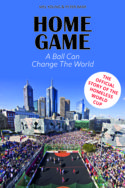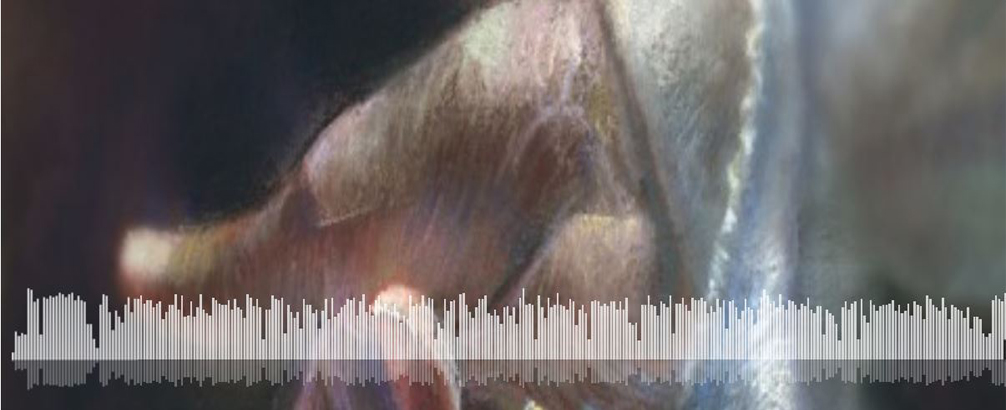‘The tournament itself is only one step on the journey. It is part of the process. It is just the beginning.’
This official story of the Homeless World Cup explores how it has become such a global phenomenon. Showing how the power of sport can help excluded people transform their own lives, we gain insight into the origins of this unique tournament.
Extract from Home Game: A Ball Can Change The World
By Mel Young and Peter Barr
Published by Luath Press
From Zeroes to Heroes
The Homeless World Cup started as a “crazy idea” dreamed up by two journalists over a couple of beers in a beach-side bar in Cape Town in 2001. Since then it’s become a global organisation with partners in 75 countries, helping to transform the lives of well over one million people, thanks to the power of football.
According to researchers, the vast majority of the people involved have found a place to live or a job, continued education, rebuilt their relationships, recovered from a drug or alcohol problem or regained their mental health. In economic terms, this is a huge contribution. In human terms, it’s priceless.
The tournament has also had a major impact on the media, business, the government and general public, helping to transform their perceptions of homelessness and homeless people.
The early days were difficult, persuading other people and organisations to agree with us “a ball can change the world.” But gradually, the crazy dream gathered momentum.
When the first tournament kicked off in Graz in Austria, no-one knew what to expect. As Home Game describes, there were many more questions than answers:
“Will the tournament be a success? Will the players get on with each other? Will the football be good? Will the crowds turn up? How will the people of Graz respond? What will the media say? How will the players cope with the experience? Most of them have never been abroad before, and many are still fighting drug or alcohol problems. How will they handle the pressure? Will the managers and volunteers also be able to cope? Will Graz be a one-off event? Will the tournament have any long-term impact?” (Home Game page 76)
In Graz that day, our vision was becoming a reality, as 144 players paraded around the arena, but that was just the start of a phenomenon that since then has captured the hearts and minds of millions of people all over the world, from Graz to Oslo last year, via Edinburgh and Melbourne, Paris, Copenhagen, Amsterdam, Rio, Santiago, Glasgow and Mexico City – a total of 15 cities so far have hosted the annual event.
The beginnings of the Homeless World Cup were a struggle but nothing compared to the struggle of all of the players. One day, they are homeless. They’re excluded. They’re the poorest of the poor. They’re “the people who do not exist.” But when they represent their countries at the Homeless World Cup, they are cheered on by thousands of people and asked for their autographs – transformed from zeroes to heroes.
Every year, some people say, “The players do not look like homeless people,” and we ask them, “What do homeless people look like?” What has happened is that all of the players have already set off on their journey. When they arrive at the event, they are fitter and healthier, better prepared for the challenge. But the tournament itself is only one step on the journey. It is part of the process. It is just the beginning. The struggle continues.
 Home Game: A Ball Can Change The World by Mel Young and Peter Barr is out now published by Luath Press priced £16.99.
Home Game: A Ball Can Change The World by Mel Young and Peter Barr is out now published by Luath Press priced £16.99.
ALSO IN THIS ISSUE

 Smile: The Original Mona Lisa
Smile: The Original Mona Lisa
‘Leonardo was nearly thirty when he drew me for the first time. His father was Piero, a notary in th …

 Freethinker’s Footsteps Podcast
Freethinker’s Footsteps Podcast
An audio exploration of the widespread political and religious conflict in Scotland in the seventeen …












